Potentially Hazardous Asteroids Orbital Plane
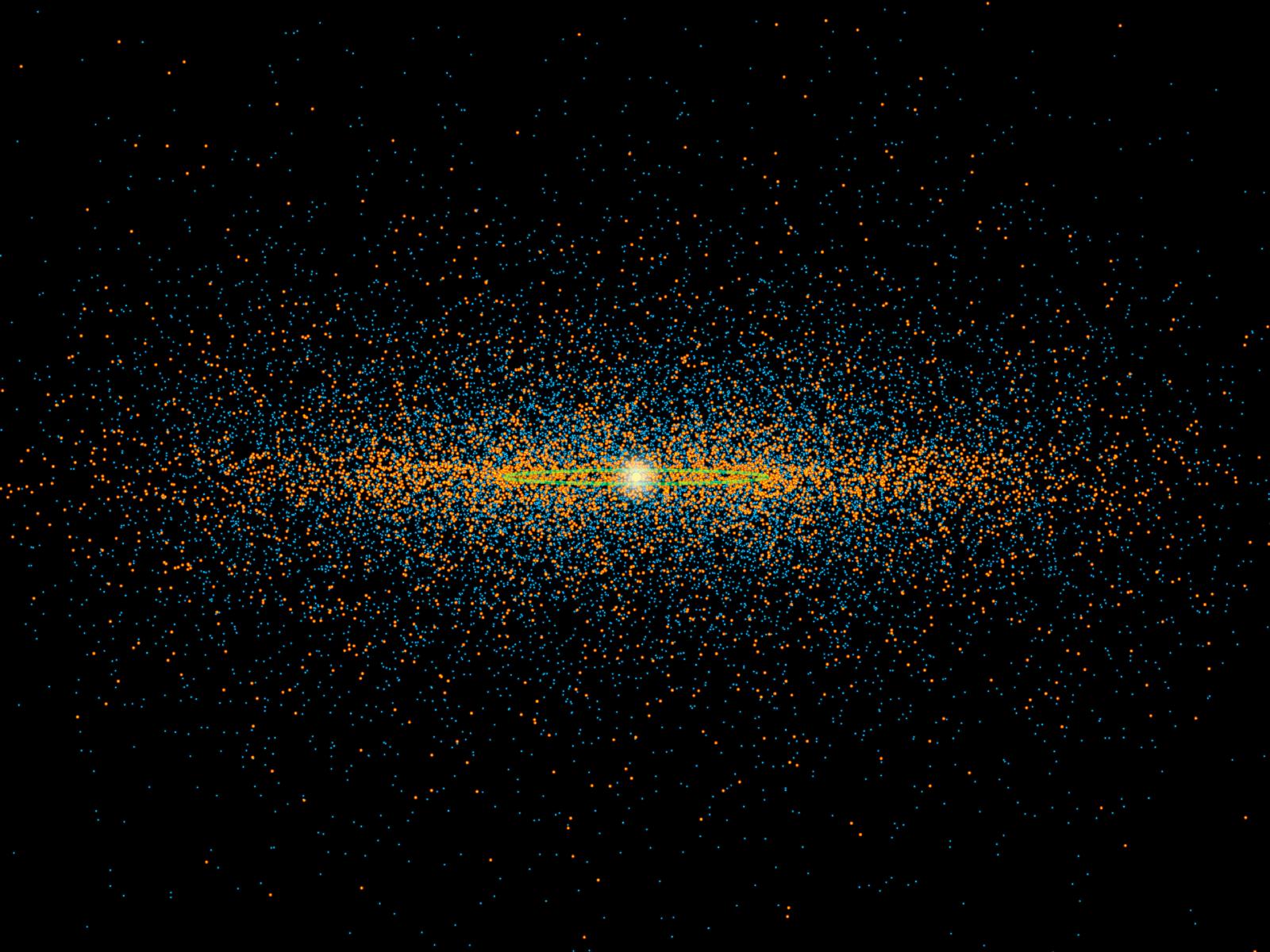
NEOWISE survey has found that more potentially hazardous asteroids, or PHAs, are closely aligned with the plane of our solar system than previous models suggested. PHAs are the subset of near-Earth asteroids (NEAs) with the closest orbits to Earth's orbit, coming within 5 million miles (about 8 million kilometers).
Near-Earth Asteroid Census: WISE Model
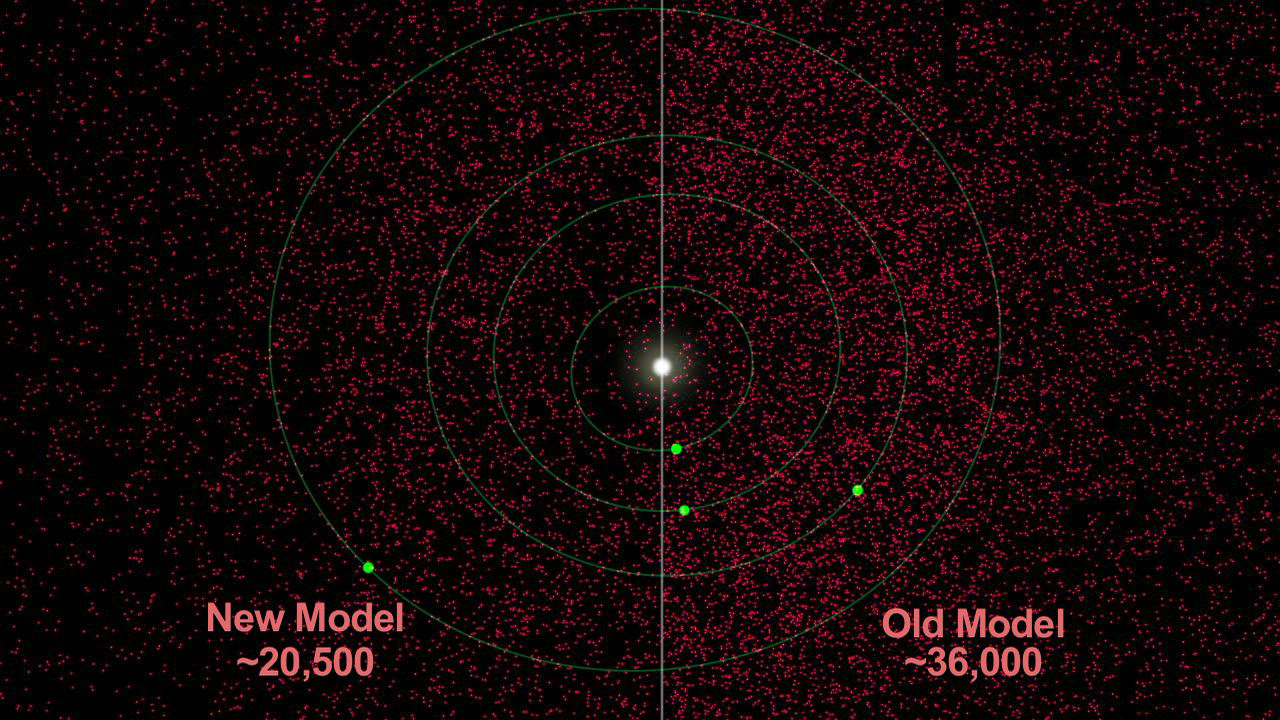
NASA's NEOWISE asteroid survey indicates that there are at least 40 percent fewer near-Earth asteroids in total that are larger than 330 feet, or 100 meters. NASA used its WISE infrared space telescope to make the find.
Asteroid 2012 KP 24 Earth Flyby on May 28, 2012
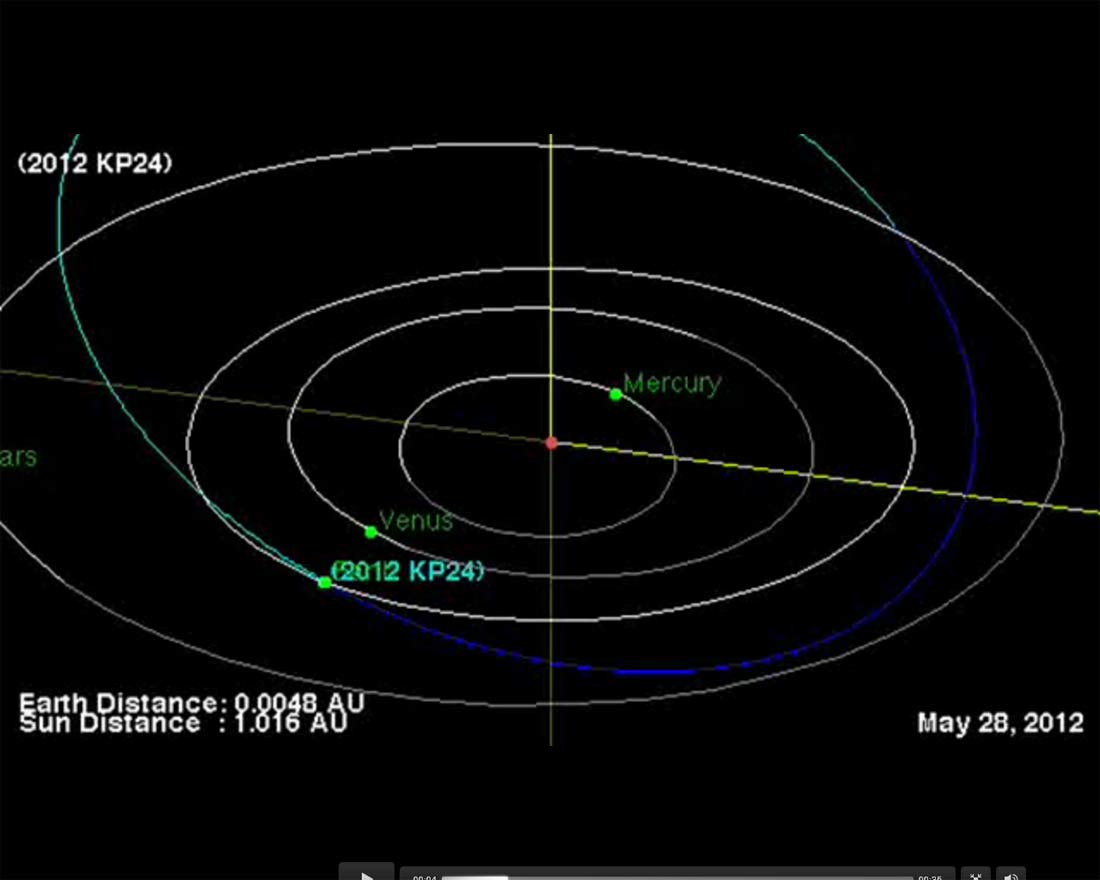
The asteroid 2012 KP24 flew past Earth on May 28, 2012. While the space rock passed within the moon's orbit, it did not pose any danger to the planet.
Near-Earth Asteroid Art
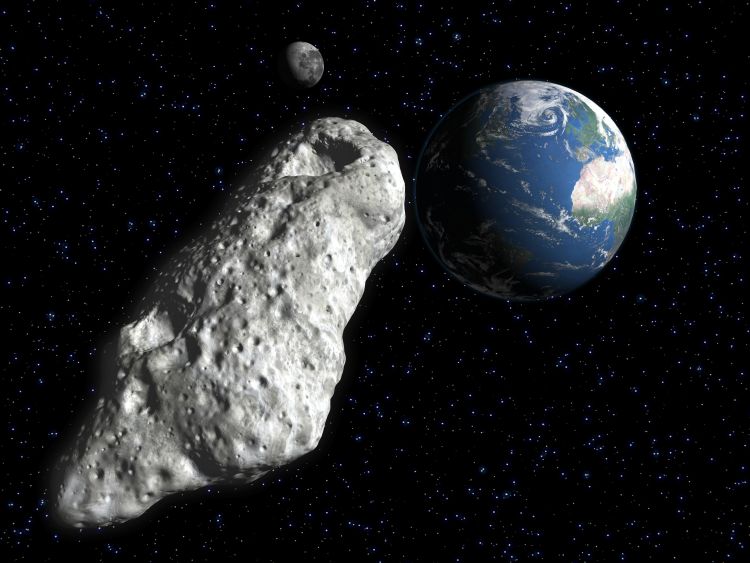
An artist's illustration of an asteroid flying near Earth.
Asteroid 2011 SM173
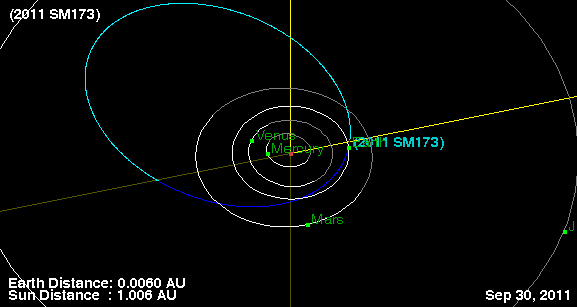
This NASA diagram shows the orbit of newfound asteroid 2011 SM173, which flew within 180,000 miles of Earth on Sept. 30, 2011. The asteroid was discovered a day earlier on Sept. 29.
Trace of an Alien Visitor
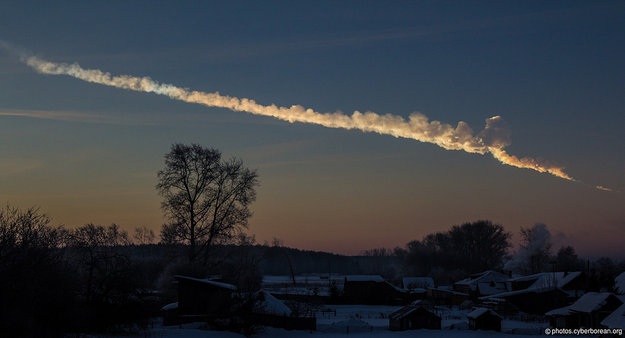
An object entered the atmosphere over the Urals early in the morning of Feb. 15, 2013. The fireball exploded above Chelyabinsk city, and the resulting overpressure caused damage to buildings and injuries to hundreds of people. This photo was taken by Alex Alishevskikh from about a minute after noticing the blast.
Broken Windows Caused by Russian Meteor
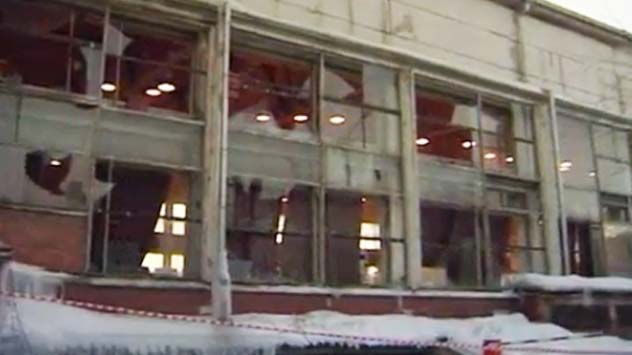
This video still image shows damage created by the meteor that exploded over the Chelyabinsk region of Russia on Feb. 15, 2013.
Get the Space.com Newsletter
Breaking space news, the latest updates on rocket launches, skywatching events and more!
Huge Tunguska Explosion, Still Mysterious
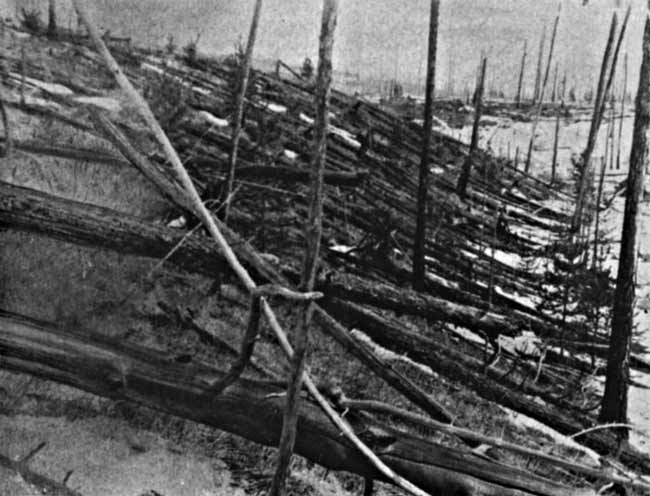
The Tunguska explosion flattened some 500,000 acres of Siberian forest on June 30, 1908. This image is from the Leonid Kulik expedition in 1927.
Arizona's meteor crater
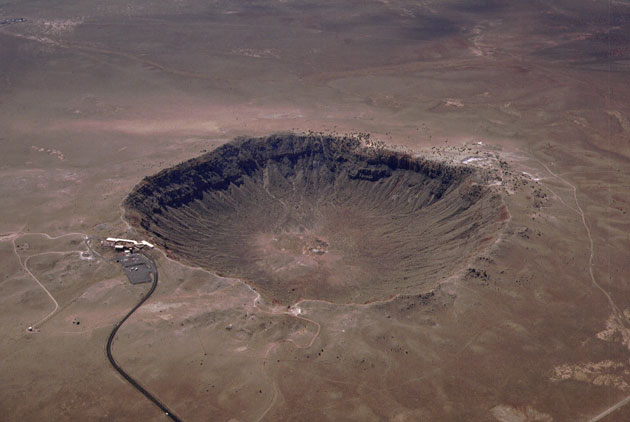
A 130-foot-meteor created the mile-wide Meteor Crater in Arizona. The comet proposed to have impacted life in North America was significantly larger, but no crater indicating its collision has been found.
The Aorounga Impact Crater in Chad

Astronaut Clayton C. Anderson tweeted this picture from space, a view of Aorounga Impact Crater, southeast of of Emi Koussi volcano in Chad.
Join our Space Forums to keep talking space on the latest missions, night sky and more! And if you have a news tip, correction or comment, let us know at: community@space.com.

Michael Wall is a Senior Space Writer with Space.com and joined the team in 2010. He primarily covers exoplanets, spaceflight and military space, but has been known to dabble in the space art beat. His book about the search for alien life, "Out There," was published on Nov. 13, 2018. Before becoming a science writer, Michael worked as a herpetologist and wildlife biologist. He has a Ph.D. in evolutionary biology from the University of Sydney, Australia, a bachelor's degree from the University of Arizona, and a graduate certificate in science writing from the University of California, Santa Cruz. To find out what his latest project is, you can follow Michael on Twitter.









